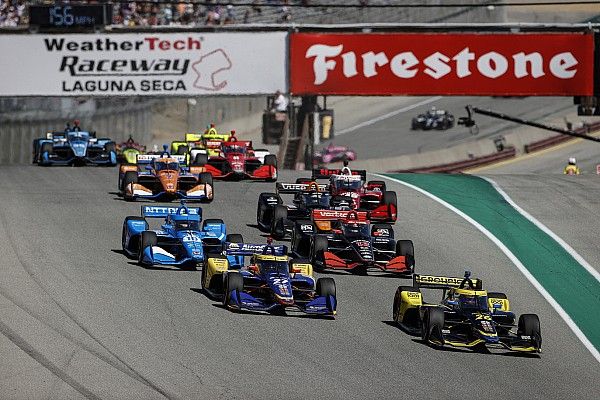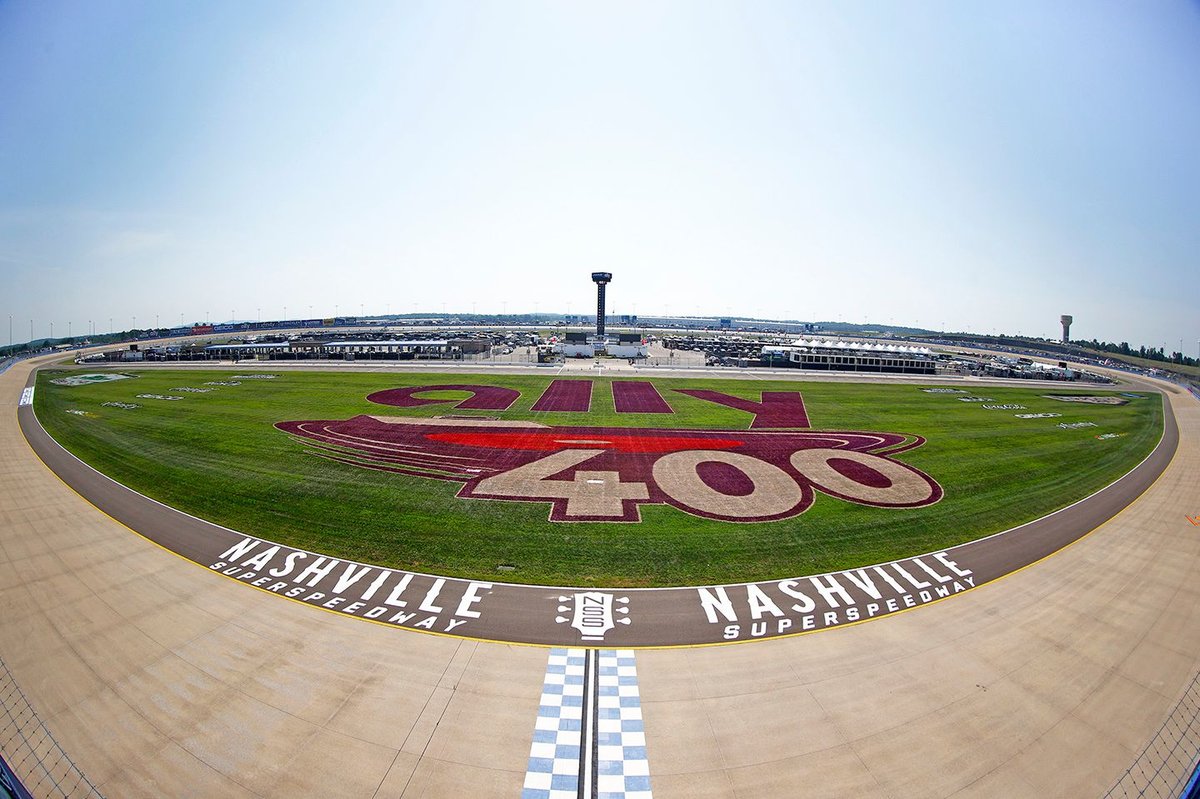Last month, the IndyCar Series made a significant announcement, confirming the relocation of its final race on September 15 from the downtown streets of Nashville to the 1.33-mile D-shaped concrete oval in nearby Lebanon, Tennessee.
This move, marking the season’s conclusion on an oval for the first time since 2014 (Fontana), has set Firestone, the exclusive tire supplier of North America’s premier open-wheel championship, into overdrive.
The challenge ahead is formidable. It involves more than simply arriving and conducting tests under the current configurations or utilizing the same tire compound from IndyCar’s last race at the oval in 2008.
A multitude of additional variables complicates the situation, notably the anticipated mid-season introduction of the hybrid—a significantly heavier car affecting tire heat distribution and wear.

In an exclusive interview with Motorsport.com, Cara Krstolic, Executive Director of race tire engineering and production for Firestone, explained the complexities involved. She emphasized that crafting a tire for Nashville isn’t as straightforward as repurposing tires from other ovals, especially considering Nashville Superspeedway’s unique construction and surface.
“When designing a tire for Nashville, we’re aiming for consistency and durability,” Krstolic remarked. “The concrete speedway presents challenges due to its abrasiveness and high tire wear, exacerbated by the oval’s shape, which generates additional heat. So, we must develop a construction specific to Nashville.”
Krstolic confirmed that a tire test, including the hybrid, is scheduled for June 14, following an intense stretch of racing beginning on May 11 with four races over five weeks—interspersed with Indianapolis 500 qualifying—and another tire test at Milwaukee.
“We’re venturing into the tire test with many unknowns,” she stated. “We’ll test various aero configurations and account for factors such as the hybrid engine. This test will be crucial for our learning process.”
The impact extends beyond the workload to budgetary demands. Firestone has pooled its resources in engineering, test time, and production scheduling.
Normally, the design cycle for a new tire for a new track spans about a year and a half, involving iterative data analysis and testing. This process supplements ongoing compound improvements for existing circuits on the schedule.

“We continuously refine our design,” Krstolic explained. “Even at established tracks like Indianapolis Motor Speedway, each visit informs our future designs. Typically, we’d have more time, but we’ve compressed this timeline to about seven months. It’s a technical challenge, but we’re fortunate to have the expertise and resources to adapt.”
With only three months between the tire test and the race weekend, the timeline for developing, deciding, and producing an ideal compound is tight.
“We’re conducting extensive background research,” Krstolic noted. “Drawing from past data, collaborating with race teams, and leveraging our expertise, we’ll develop and design the tires for the test. From there, we’ll refine the specifications for production. It’s a meticulous process requiring collaboration and foresight.”
Krstolic revealed that the production team has adjusted its schedule to support tire construction. Firestone personnel have visited Nashville to gather data, collaborating closely with IndyCar to maximize venue information.
Despite the challenges, the switch to the oval offers some advantages. Firestone hadn’t produced tires specific to the abandoned Nashville street course, allowing flexibility in resource allocation.
“Not having built tires for the street course means our options are open,” Krstolic said. “We’ll optimize resources accordingly. And even if we had produced those tires, we’d find ways to repurpose them, as we do not waste resources.”
Furthermore, IndyCar’s development series, Indy NXT, will also conclude its season on the oval, requiring Firestone’s attention.
“The Indy NXT tire is versatile,” Krstolic remarked. “The compounds planned for this year should be suitable for Nashville. However, to confirm this, an Indy NXT car will join the IndyCar test to assess tire wear, heat cycles, and driver feedback.”
With cooperation from IndyCar, Firestone aims to ensure seamless tire performance across both series, navigating the challenges with precision and innovation.

